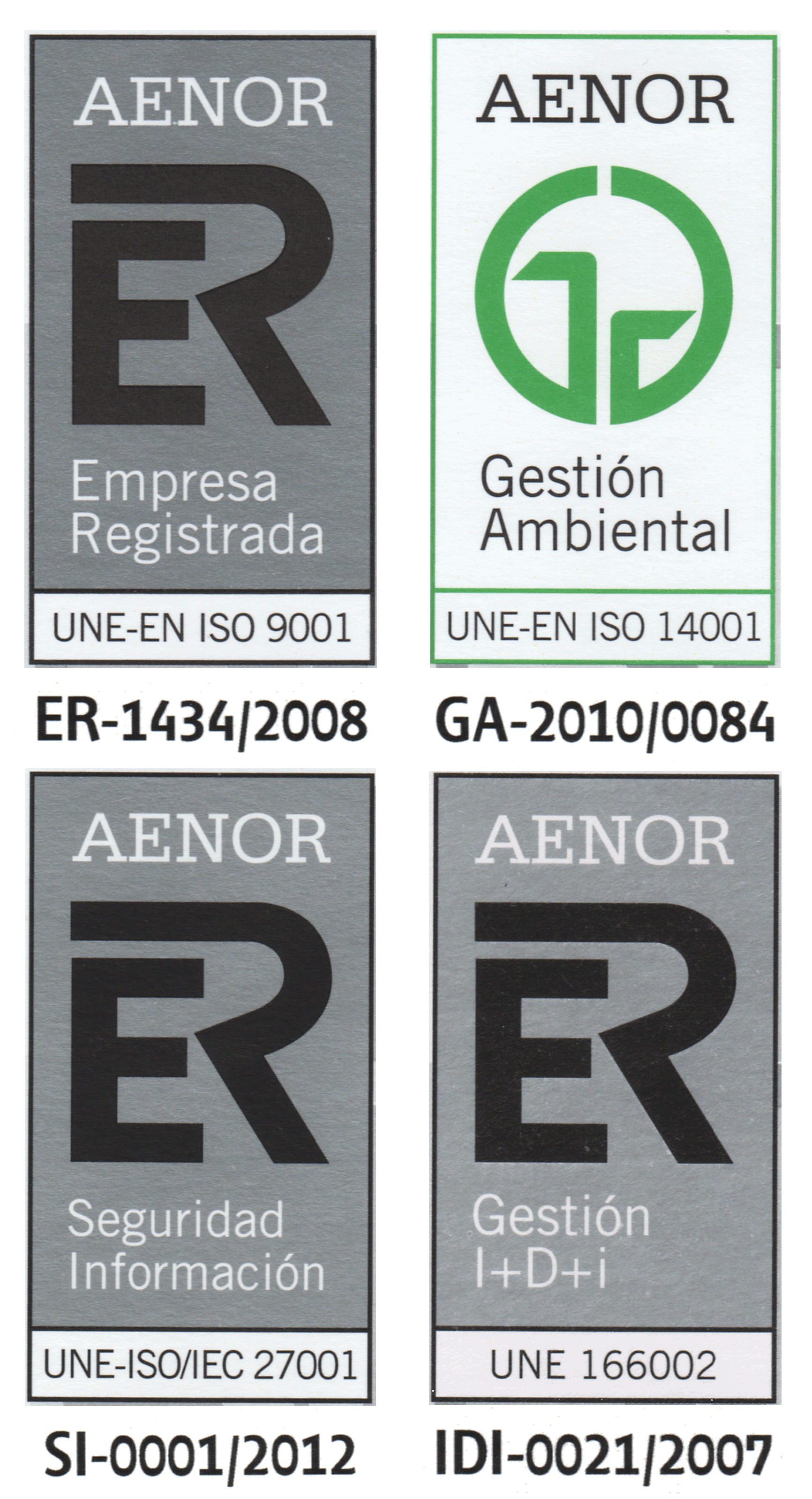| Abstract | The present volume contains a selection of papers resulting from the Fifth Brainstorming Week on Membrane Computing (BWMC5), held in Sevilla, from January 29 to February 2, 2007. The meeting was organized by the Research Group on Natural Computing (RGNC) from Department of Computer, Science and Artificial Intelligence of Sevilla University. The previous editions of this series of meetings were organized in Tarragona (2003), and Sevilla (2004, 2005, 2006), and on those occasions special issues of Natural Computing (volume 2, number 3, 2003), New Generation Computing (volume 22, number 4, 2004), Journal of Universal Computer Science (volume 10, number 5, 2004), Soft Computing (volume 9, number 9, 2005), International Journal of Foundations of Computer Science (volume 17, number 1, 2006), and Theoretical Computer Science (volume 372, numbers 2–3, 2007) were published.
Membrane computing is an area of natural computing which studies models of computation inspired by the structure and functioning of living cells, and organization of cells in tissues and other structures. The resulting models (called P systems) are distributed parallel computing devices, processing multisets in compartments defined by membranes. Recently, also models inspired from the way the neurons communicate by means of electrical impulses (spikes) were introduced, under the name of spiking neural P systems.
Most classes of P systems are computationally universal and, if an exponential working space can be produced in polynomial time (e.g., by membrane division), then they are able to solve computationally hard problems in a feasible time. A series of applications were reported, especially in biology and bio-medicine, but also in computer graphics, cryptography, linguistics, economics, approximate optimization, etc. Several simulation programs (useful in applications) are available by now.
A comprehensive information about this research area (considered in 2003 by ISI as “fast emerging research front in computer science”) can be found at the Website http://psystems.disco.unimib.it. A friendly introduction to this research area can be found in the first chapter of the volume Applications of Membrane Computing, Springer-Verlag, Berlin, 2006, edited by G. Ciobanu, Gh. P˘aun, M.J. Pérez-Jiménez; a detailed presentation of this research area at the level of the beginning of 2002 can be found in the monograph Gh. Paun, Membrane Computing. An Introduction, Springer-Verlag, Berlin, 2002.
At the previously mentioned web address one can also find the proceedings of BWMC5 published in 2007 by Fenix Editora, Sevilla, containing all papers resulting from BWMC5. As usual, the meeting was extremely successful, in both the number of participants – about 45 – and, especially, the efficiency of interaction, with many discussions and considerable joint work, with many papers either continued or initiated during the meeting.
For the present volume we have selected only a few of these papers; they have been thoroughly reworked after the meeting and then they went through the standard refereeing procedure of the journal. All selected papers are significantly contributing to the development of the field and they were selected in such a way to cover a variety of topics currently investigated in membrane computing. For instance, basic ideas of membrane computing are addressed (versions of parallelism, controls in using the rules), for “standard” P systems and generalizations (e.g., networks of cells), power and efficiency issues for spiking neural Psystems, as well a surprising application (in modeling ballistic deposition). Besides sound new results, all these papers contain stimulating ideas and research topics for further investigations.
As mentioned above, the Fifth Brainstorming on Membrane Computing was organized by the Research Group on Natural Computing from Sevilla University (http://www.gcn.us.es), with the support of the project TIN2006-13425 of the Ministerio de Educación y Ciencia of Spain, of the III Plan Propio of Sevilla University, and of the Research Group PAI TIC 193 of the Junta de Andalucia.
|



